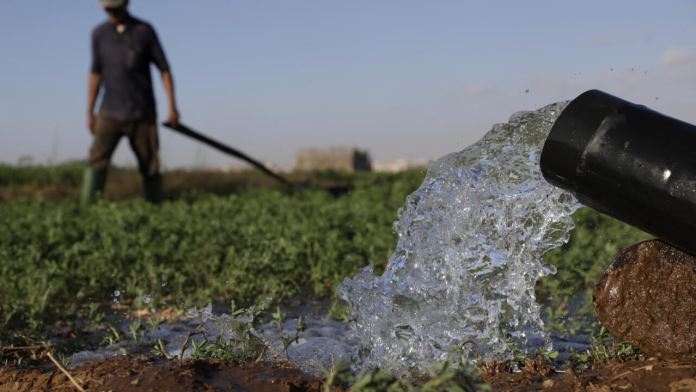AGADIR, MOROCCO, JULY 3 (AFP/APP/DNA):On the drought-stricken plains of Morocco’s Chtouka region, cherry tomato farms stretch as far as the eye can see, clinging to life through a single, environmentally contentious lifeline: desalination.
“We wouldn’t be here without it,” said Abir Lemseffer, who manages production for the tomato giant Azura.
Severe drought driven by climate change has gripped the North African country since 2018, leaving Azura’s 800 hectares (2,000 acres) of farms entirely dependent on desalinated water.
But the technology comes at a high cost — both financially and environmentally.
It is energy-intensive, and in a country where more than half of the electricity still comes from coal, it carries a heavy carbon footprint.
Since 2022, Morocco’s largest desalination plant, located nearby, has been producing 125,000 cubic metres (4.4 million cubic feet) of water a day.
The supply irrigates 12,000 hectares of farmland and provides drinking water for 1.6 million people in Agadir and surrounding areas, said Ayoub Ramdi of the regional agricultural development office.
By the end of 2026, officials hope to boost production to 400,000 cubic metres of water, half of which would be designated for agriculture.
Without that water, “a catastrophic scenario would loom over Morocco”, said Rqia Bourziza, an agronomist.
Agriculture, which contributes about 12 percent to Morocco’s overall economy, has been badly hit by six consecutive years of drought — prompting the country to go all-in on desalination.
Across Morocco, there are 16 plants capable of producing 270 million cubic metres of water per year, with a target of reaching 1.7 billion cubic metres by 2030.
















